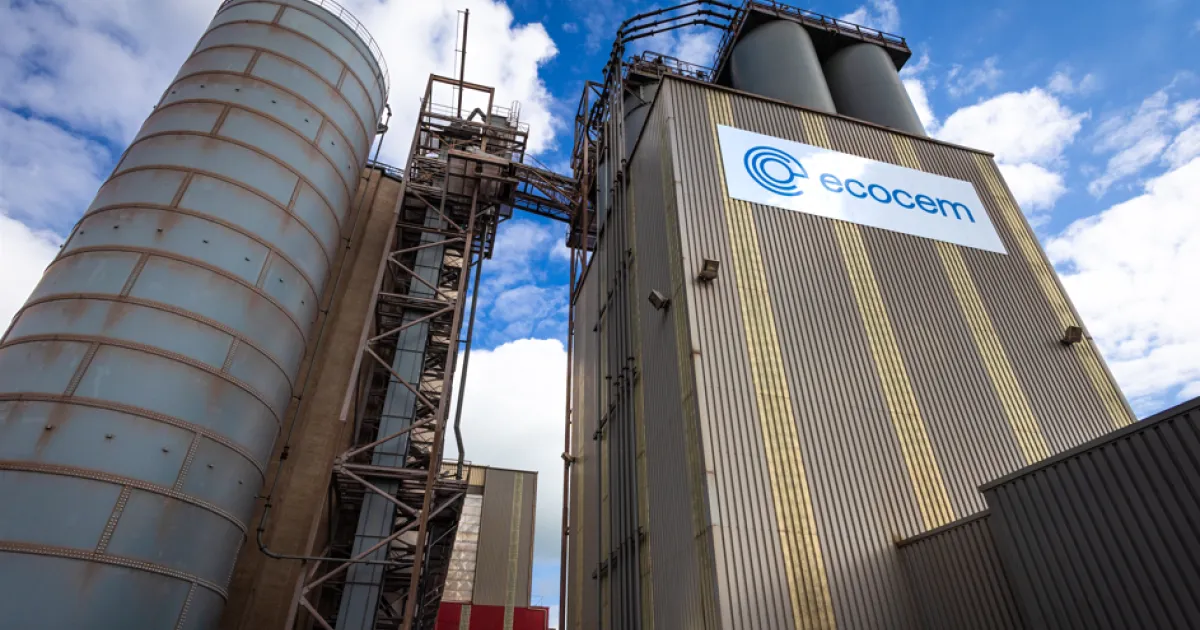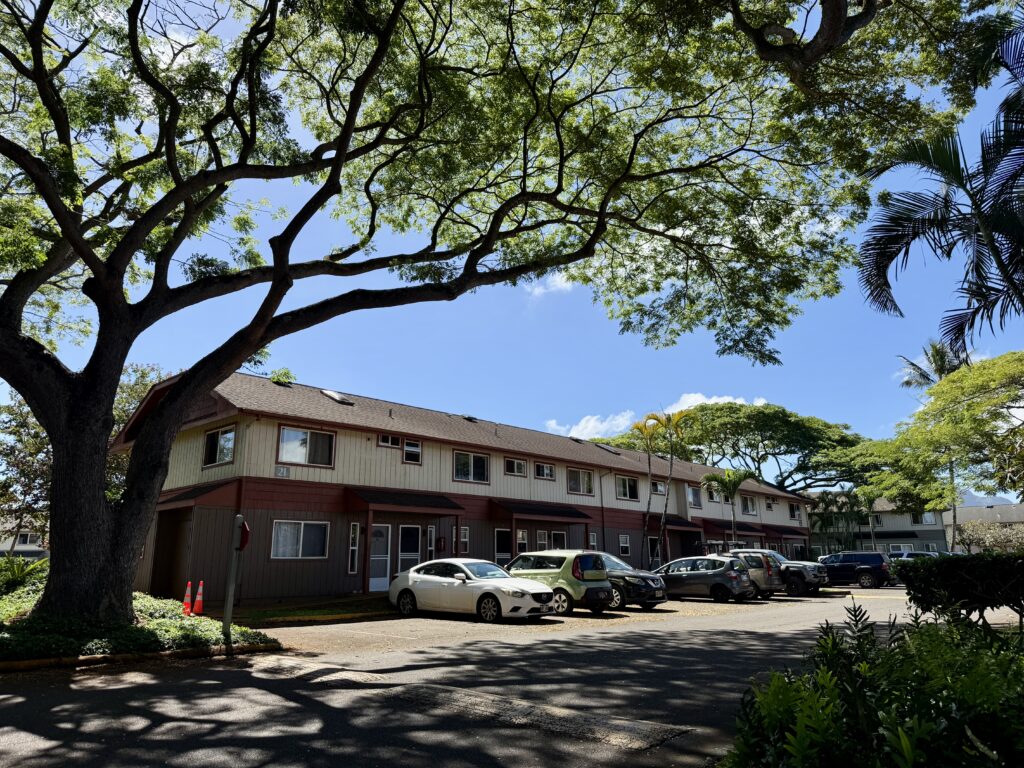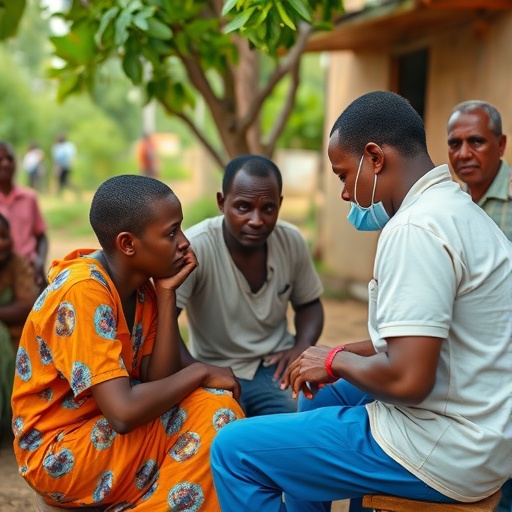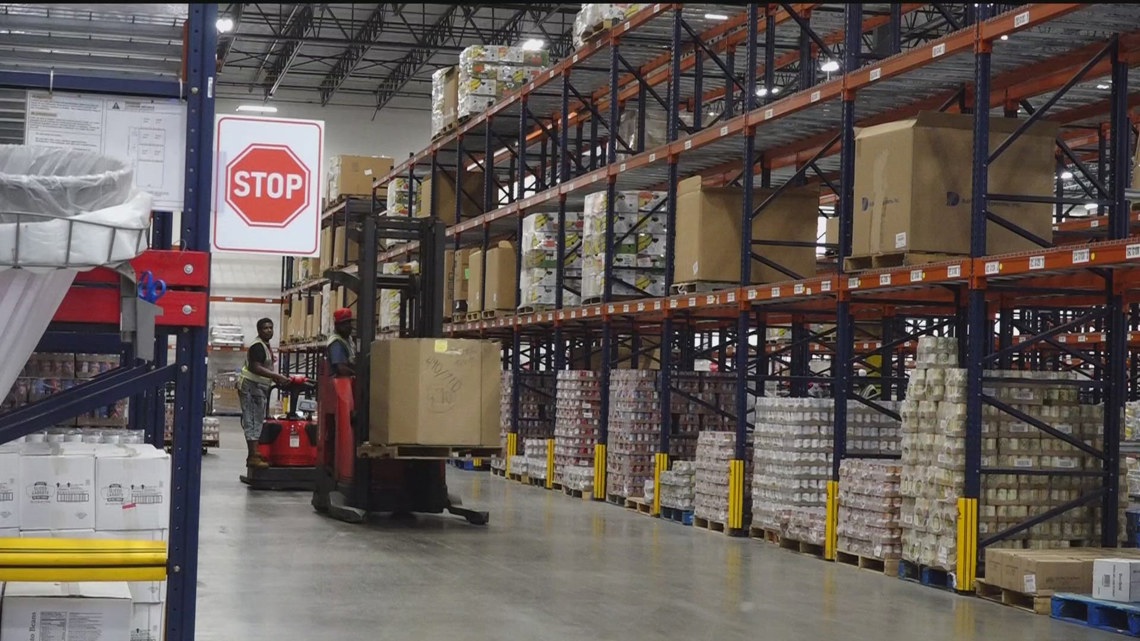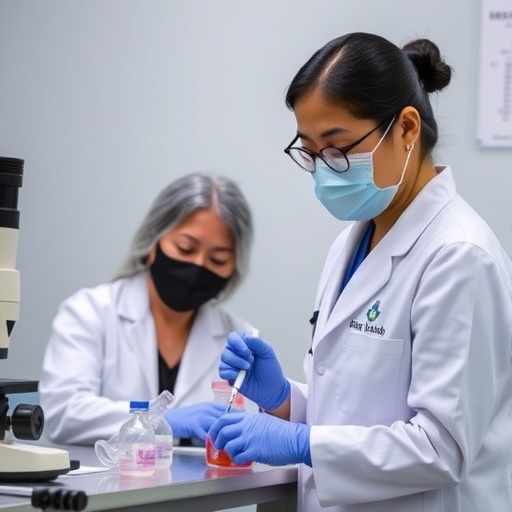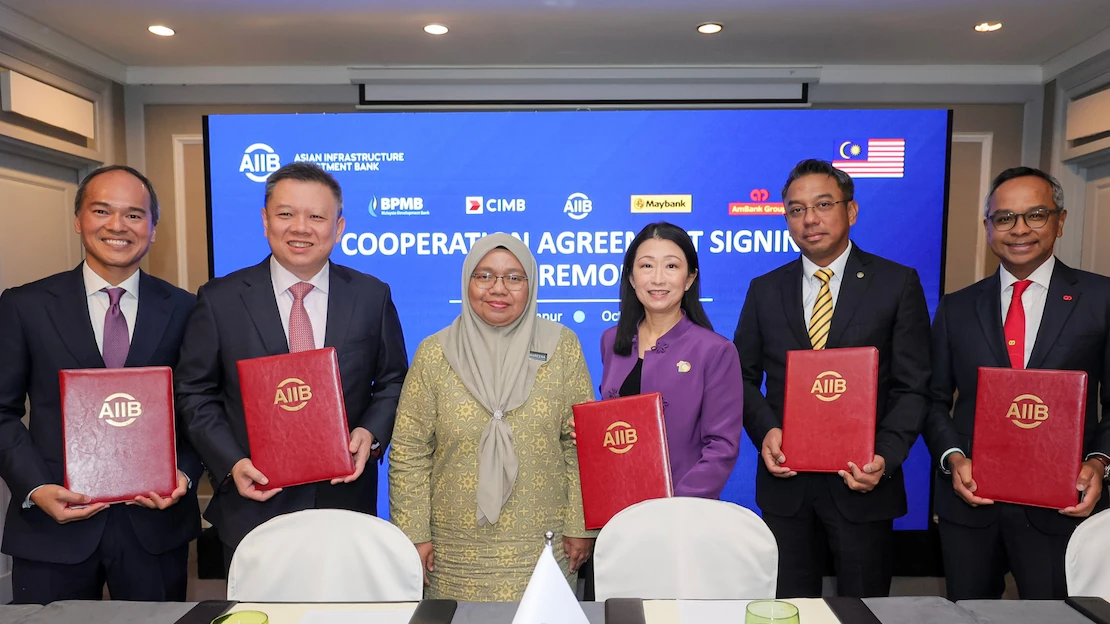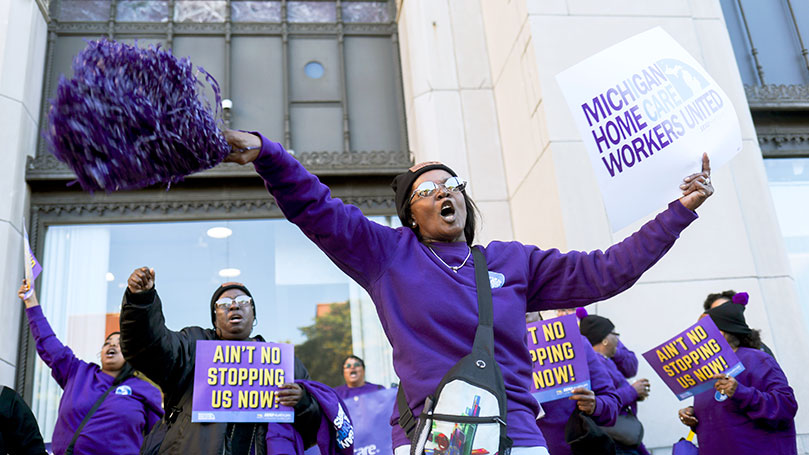Promoting Human Rights Compliance in the Bangladesh Garment Industry – Global Rights Compliance
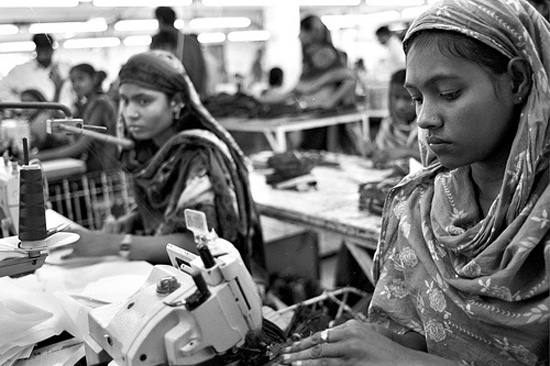
Report on Advancing Sustainable Development Goals in the Bangladesh Garment Sector (2017-2019)
Introduction: A Focus on Sustainable and Responsible Growth
Between 2017 and 2019, Global Rights Compliance (GRC) executed a series of projects within the Bangladesh garment sector. The initiatives were strategically designed to advance responsible business conduct and strengthen human rights compliance, directly contributing to the achievement of several United Nations Sustainable Development Goals (SDGs), particularly SDG 8 (Decent Work and Economic Growth), SDG 16 (Peace, Justice and Strong Institutions), and SDG 17 (Partnerships for the Goals).
Project Context: Addressing Deficiencies in Decent Work and Safety (SDG 8)
Historical Impetus for Reform
The operational context was defined by catastrophic industrial accidents, including the 2012 Tazreen factory fire and the 2013 Rana Plaza collapse. These events, resulting in significant loss of life, underscored critical failures in safeguarding labour rights and ensuring safe working environments, highlighting a severe deficit in meeting the objectives of SDG Target 8.8: to protect labour rights and promote safe and secure working environments for all workers.
Strategic Interventions and Alignment with SDGs
Multi-Stakeholder Partnerships for the Goals (SDG 17)
In response to these challenges, GRC established a foundational partnership through a Memorandum of Understanding with the Bangladesh Garment Manufacturers and Exporters Association (BGMEA). This collaboration exemplifies SDG 17 by fostering a multi-stakeholder partnership involving:
- Industry Associations (BGMEA)
- Government Inspectors
- Trade Unions
- International Partners (US Government, EU, ILO)
This coalition worked to develop a unified action plan, guiding factories towards alignment with international labour standards and fulfilling the expectations of global partners.
Key Activities and Contributions to SDG Targets
GRC’s advisory services and direct engagement with stakeholders led to the implementation of several key activities, each contributing to specific SDG targets:
- Development of Human Rights Policy Statements: This activity institutionalizes corporate responsibility, directly supporting SDG 8 by embedding principles of decent work into company policy.
- Creation of Company-Level Grievance Mechanisms: By establishing formal channels for redress, this work makes a direct contribution to SDG 16 (Peace, Justice and Strong Institutions) by ensuring access to justice for workers and building accountable institutions at the corporate level.
- Execution of Human Rights Impact Assessments: These assessments provide a critical tool for identifying and mitigating risks to workers, proactively advancing the aims of SDG 8 to ensure safe and fair labour practices.
1. Which SDGs are addressed or connected to the issues highlighted in the article?
SDG 8: Decent Work and Economic Growth
- The article’s core focus is on the Bangladesh garment sector, specifically addressing labor rights, human rights compliance, and safe working conditions. The catastrophic accidents mentioned, such as the “2012 Tazreen factory fire and the 2013 Rana Plaza collapse,” are direct failures to provide decent and safe work. The entire initiative by Global Rights Compliance (GRC) is aimed at improving working conditions and economic justice for workers in this key industry.
SDG 12: Responsible Consumption and Production
- The article discusses GRC’s efforts to advance “responsible business conduct” within the garment industry. By providing “advisory services on business and human rights, including the development of human rights policy statements” and conducting “human rights impact assessments,” the project directly encourages companies to adopt sustainable practices in their production processes, which is a central theme of SDG 12.
SDG 16: Peace, Justice and Strong Institutions
- The project involves strengthening institutional capacity and justice mechanisms. The “creation of company-level grievance mechanisms” provides workers with access to remedy and justice. Furthermore, the collaboration between GRC, the “Bangladesh Garment Manufacturers and Exporters Association (BGMEA),” and “government inspectors” to develop and implement an action plan is an effort to build more effective, accountable, and transparent institutions to govern the sector.
2. What specific targets under those SDGs can be identified based on the article’s content?
SDG 8: Decent Work and Economic Growth
- Target 8.8: “Protect labour rights and promote safe and secure working environments for all workers…” This target is directly addressed through the article’s focus on responding to the Tazreen and Rana Plaza disasters by “improved safeguarding of labour and human rights standards.” The development of an “action plan to guide factories in aligning with international labour standards” is a clear effort to achieve this target.
SDG 12: Responsible Consumption and Production
- Target 12.6: “Encourage companies, especially large and transnational companies, to adopt sustainable practices and to integrate sustainability information into their reporting cycle.” GRC’s work in providing “advisory services on business and human rights, including the development of human rights policy statements” and conducting “human rights impact assessments” directly encourages companies to adopt and report on sustainable and responsible practices.
SDG 16: Peace, Justice and Strong Institutions
- Target 16.10: “Ensure public access to information and protect fundamental freedoms, in accordance with national legislation and international agreements.” The “creation of company-level grievance mechanisms” is a practical application of this target, as it provides a formal channel for workers to voice concerns and seek remedy, thereby protecting their fundamental freedoms within the workplace.
3. Are there any indicators mentioned or implied in the article that can be used to measure progress towards the identified targets?
Indicators for Target 8.8
- Implied Indicator: Frequency of fatal occupational injuries. The article uses the “catastrophic accidents” of the Tazreen fire and Rana Plaza collapse as the primary motivation for the project. A reduction in such incidents would be a key measure of success in creating a “safe and secure working environment.”
- Implied Indicator: Level of compliance with international labor standards. The article explicitly states the goal is to help factories in “aligning with international labour standards” and meeting the expectations of the “ILO.” The degree of alignment and compliance would serve as a direct indicator of progress.
Indicators for Target 12.6
- Implied Indicator: Number of companies with human rights policies. The article mentions the “development of human rights policy statements” as a key service provided by GRC. The number of factories or companies that adopt such policies can be tracked as a measure of progress.
- Implied Indicator: Number of companies conducting human rights impact assessments. The article lists the “creation of… human rights impact assessments” as another core activity. The uptake of this practice by companies in the sector is a clear indicator of adopting more sustainable and responsible business conduct.
Indicators for Target 16.10
- Implied Indicator: Existence and use of independent grievance mechanisms. The “creation of company-level grievance mechanisms” is a specific output of the project. The number of companies that establish these mechanisms and the number of cases processed through them would be a direct indicator of progress towards ensuring access to remedy and protecting workers’ freedoms.
4. Table of SDGs, Targets, and Indicators
| SDGs | Targets | Indicators Identified in the Article (Implied) |
|---|---|---|
| SDG 8: Decent Work and Economic Growth | Target 8.8: Protect labour rights and promote safe and secure working environments for all workers. |
|
| SDG 12: Responsible Consumption and Production | Target 12.6: Encourage companies to adopt sustainable practices and integrate sustainability information into their reporting. |
|
| SDG 16: Peace, Justice and Strong Institutions | Target 16.10: Ensure public access to information and protect fundamental freedoms. |
|
Source: globalrightscompliance.org

What is Your Reaction?
 Like
0
Like
0
 Dislike
0
Dislike
0
 Love
0
Love
0
 Funny
0
Funny
0
 Angry
0
Angry
0
 Sad
0
Sad
0
 Wow
0
Wow
0


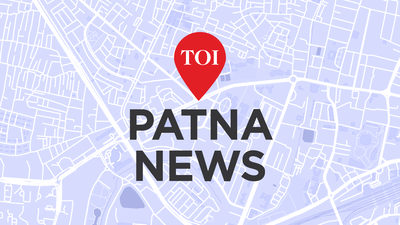







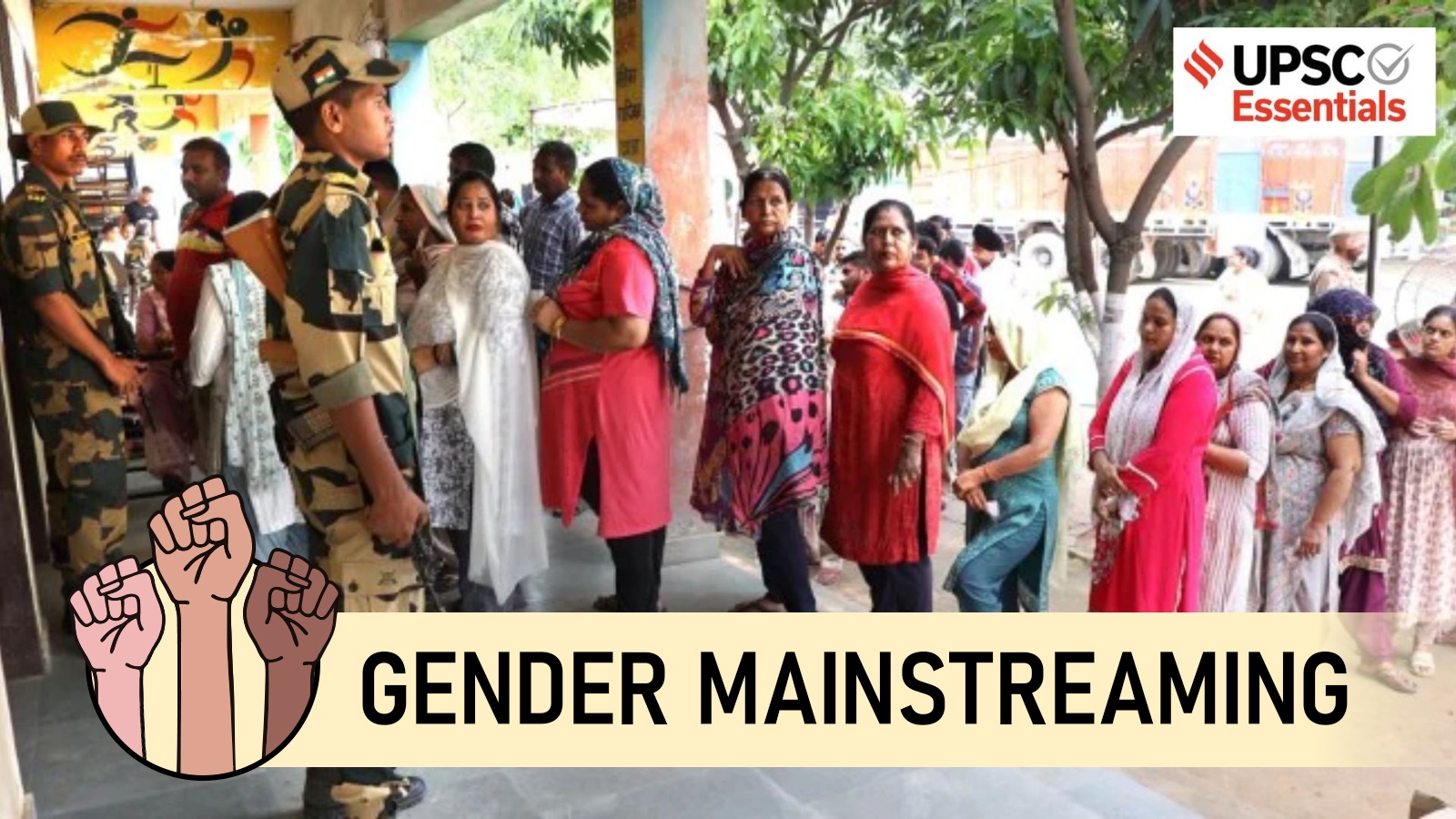
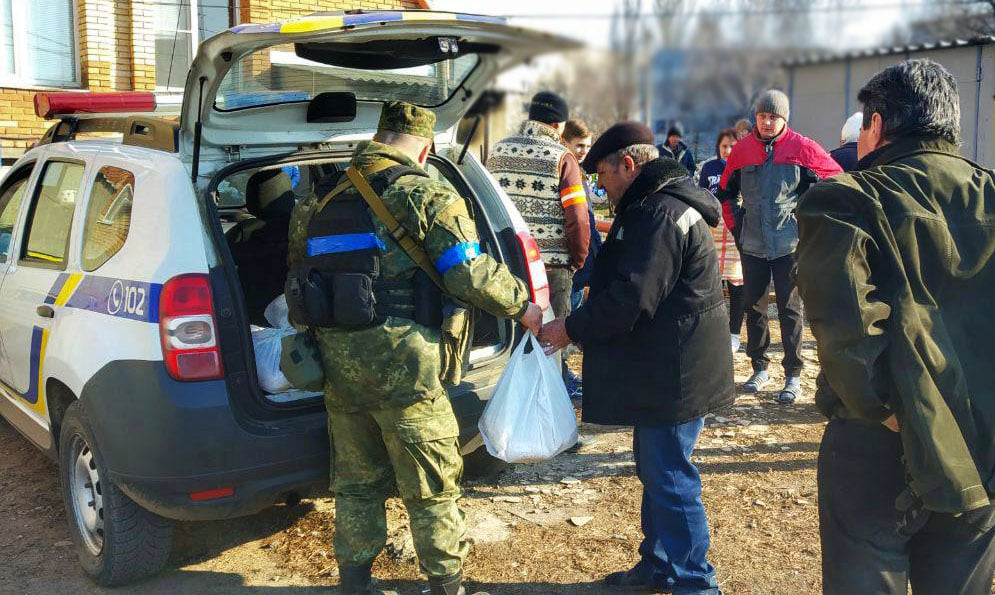



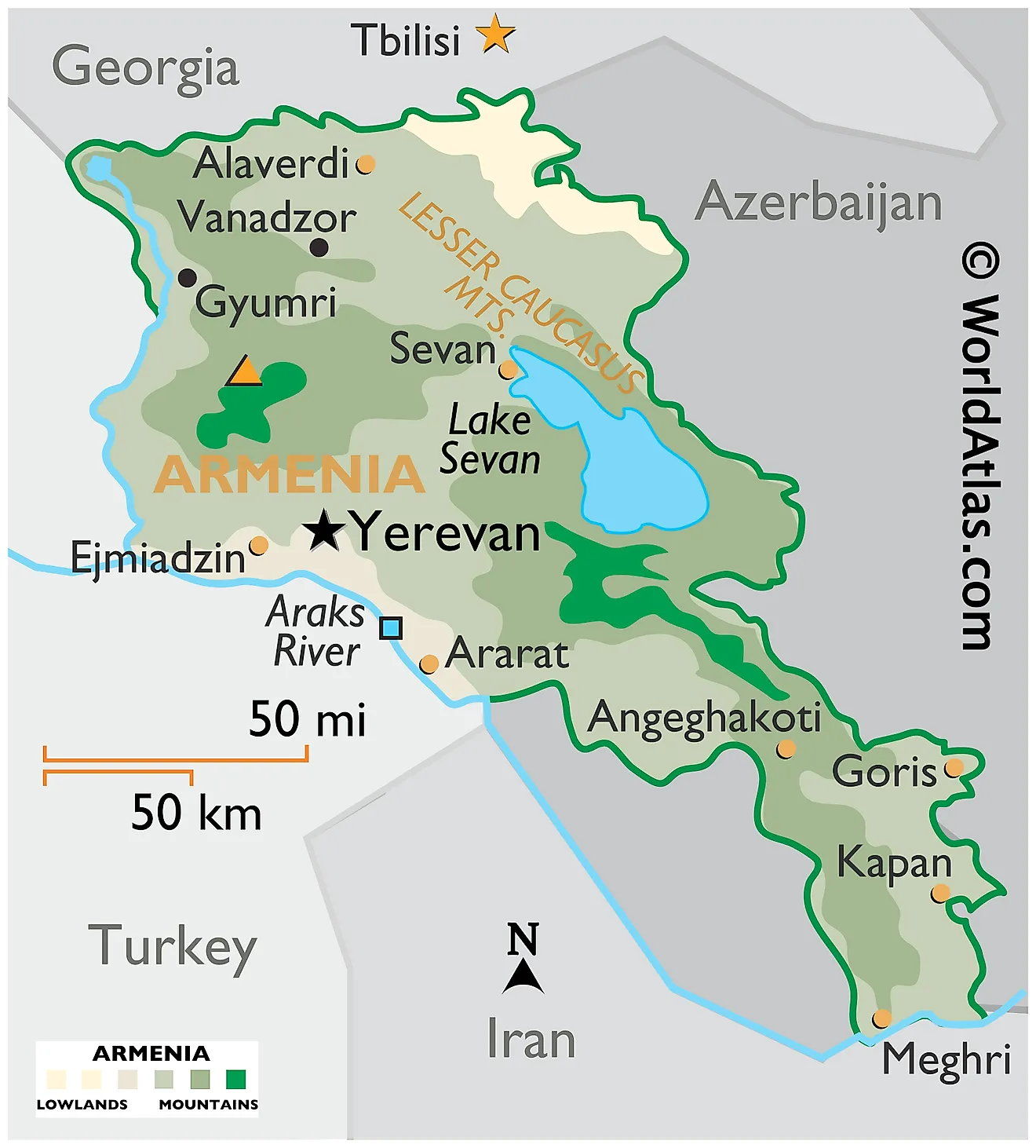







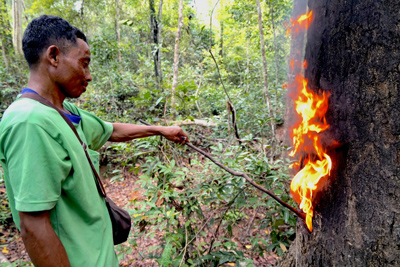
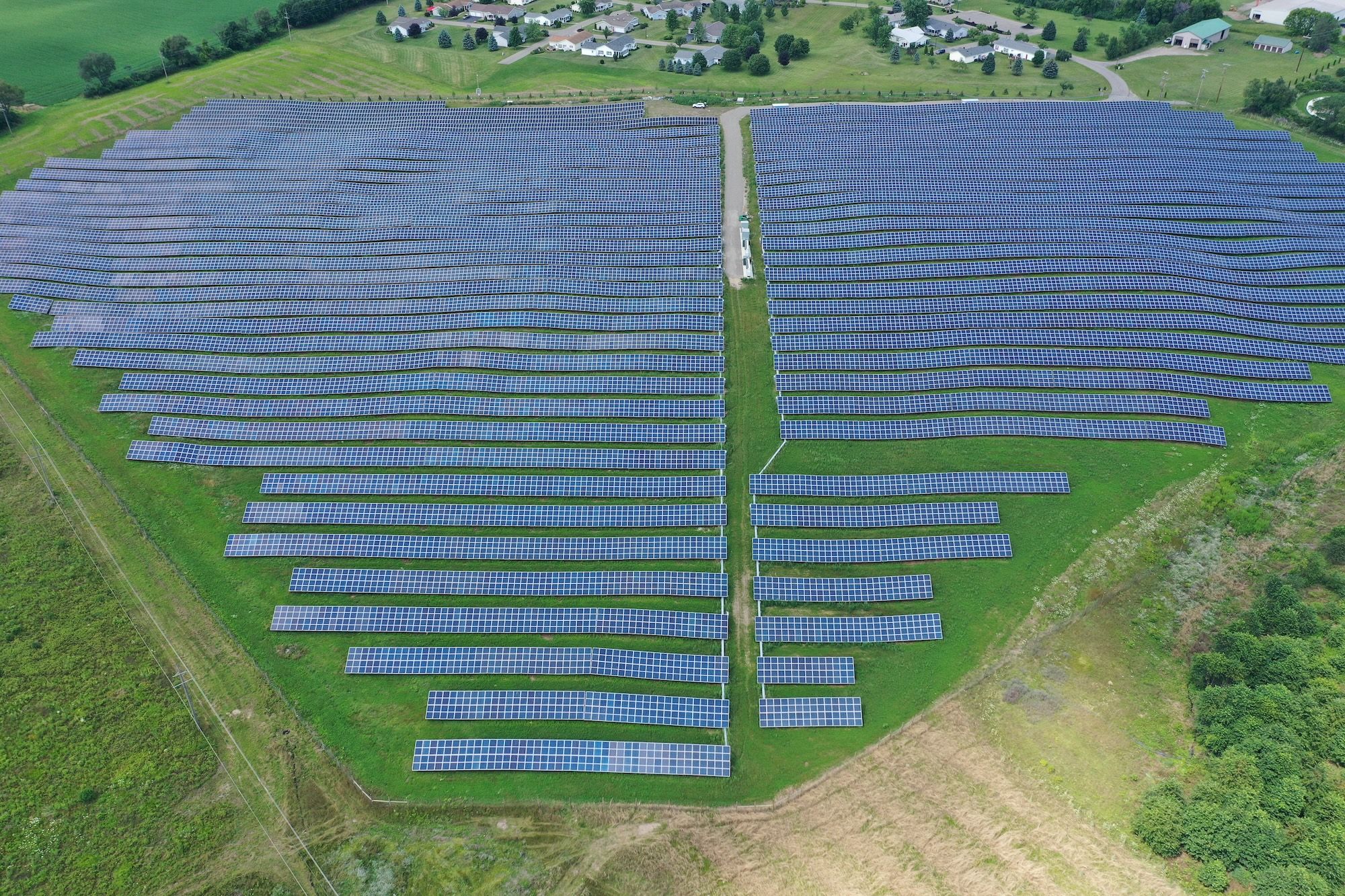







_1.png?#)

